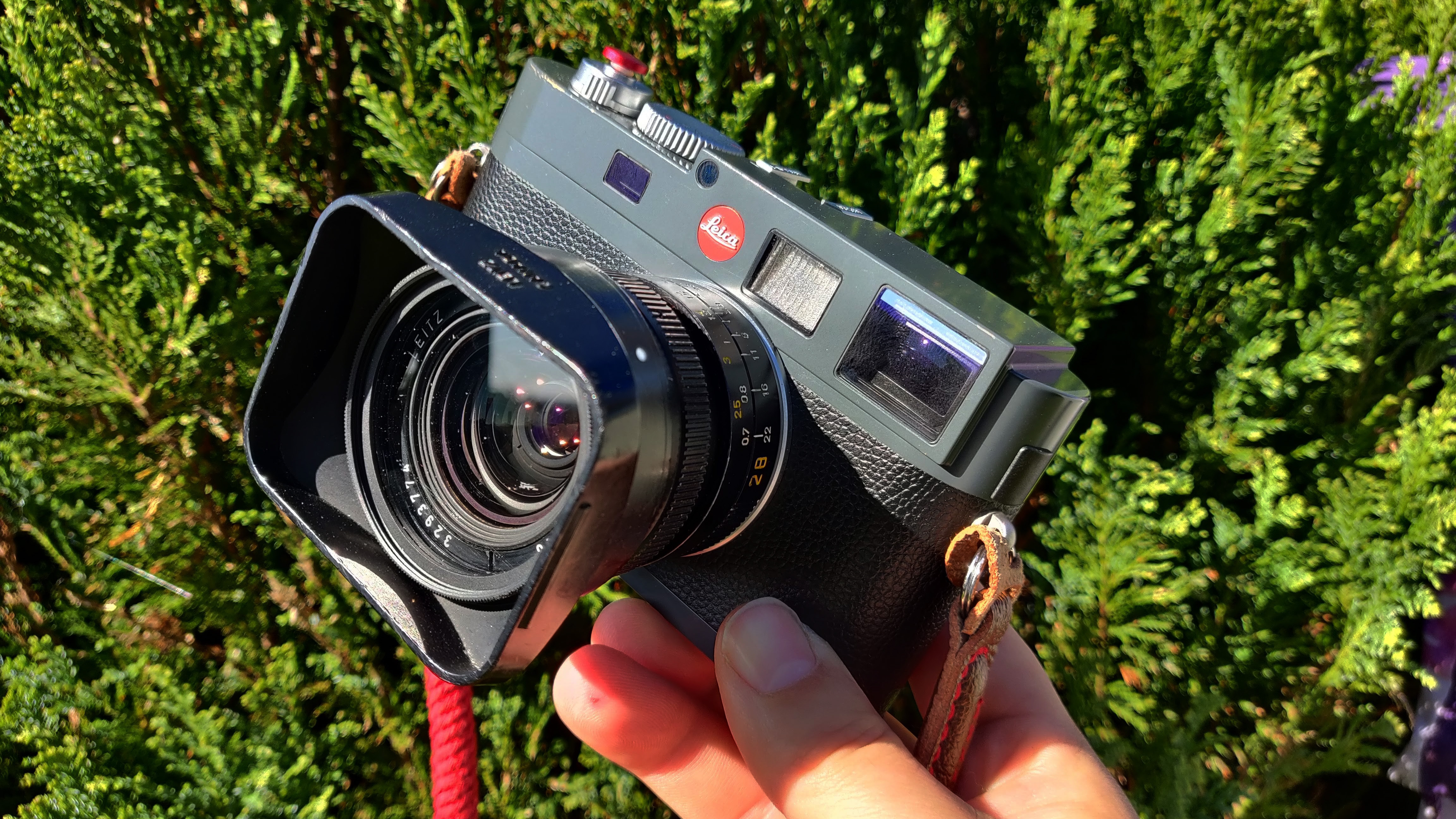The beast is back! Nikon P1100 launches with monster 24-3000mm optical zoom, but what’s changed?
The Nikon P1100 launches with several quality-of-life upgrades and still boasts the world’s longest optical zoom range
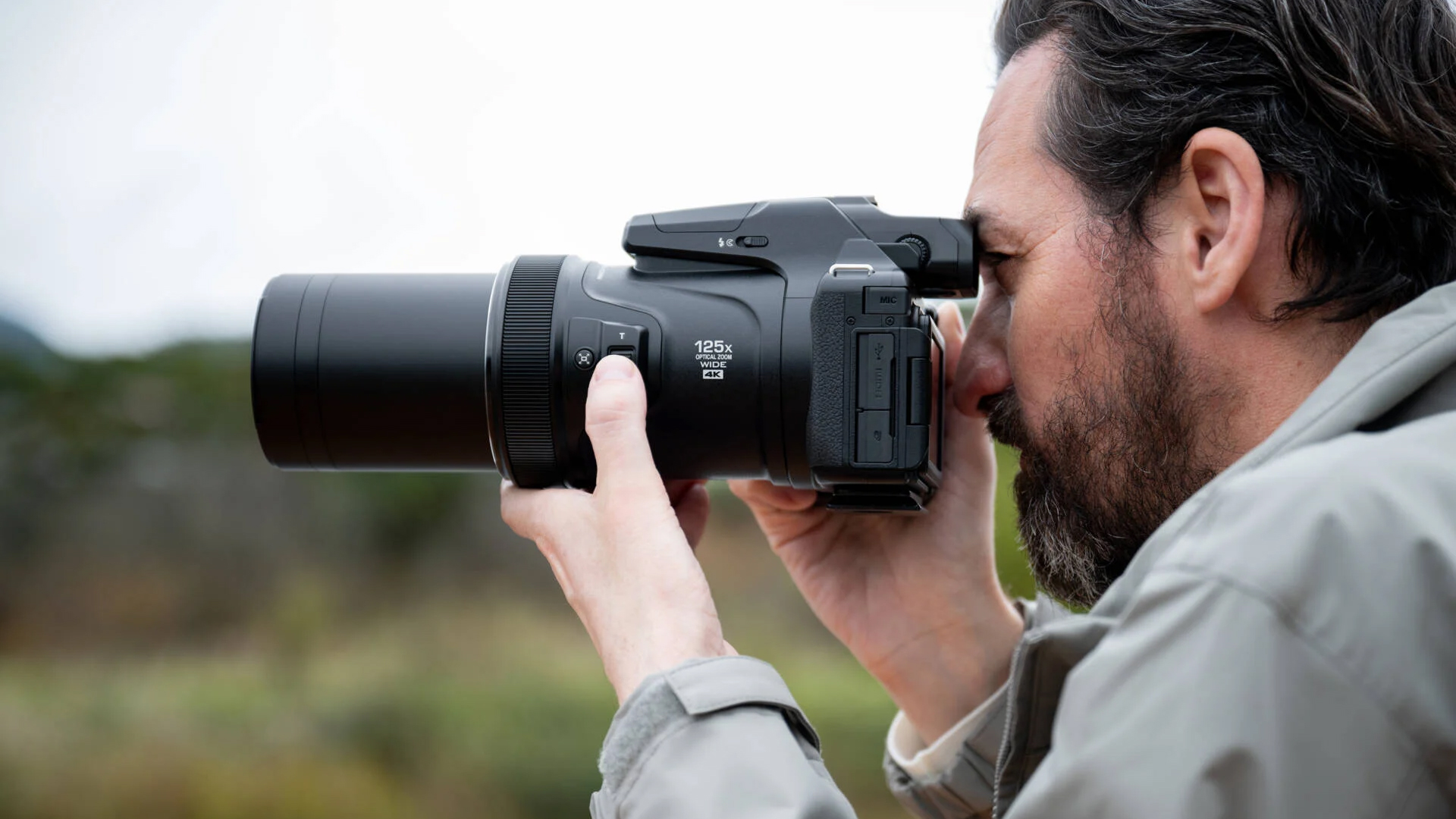
The Nikon P1100’s launch sequence has begun and, in a world where the best bridge cameras are all but extinct, I’m over the moon that the Big N is keeping this unique superzoom’s exceedingly long legacy alive. However, the core specs remain largely unchanged – with the same lens, sensor, burst speeds, and video capabilities.
But with the previous Nikon P1000 now discontinued and prices reaching for the stars, the Nikon P1100’s small price increase of $99.95 / £49 / AU$200 on an RRP that was set 7 years ago, makes this charming oddity accessible for a whole new generation of birders and budding astrophotographers.
First, let’s delve into what remains the same. The Nikon P1100 retains that monster 125x optical zoom, which is still the largest in the world. The zoom range is 4.3 to 539mm, but factor in that tiny sensor and this translates to a whopping 24-3000mm (in 35mm terms). And that’s before you’ve digitally doubled it, via Nikon’s Dynamic Fine Zoom, to a frankly ridiculous 250x (6000mm).
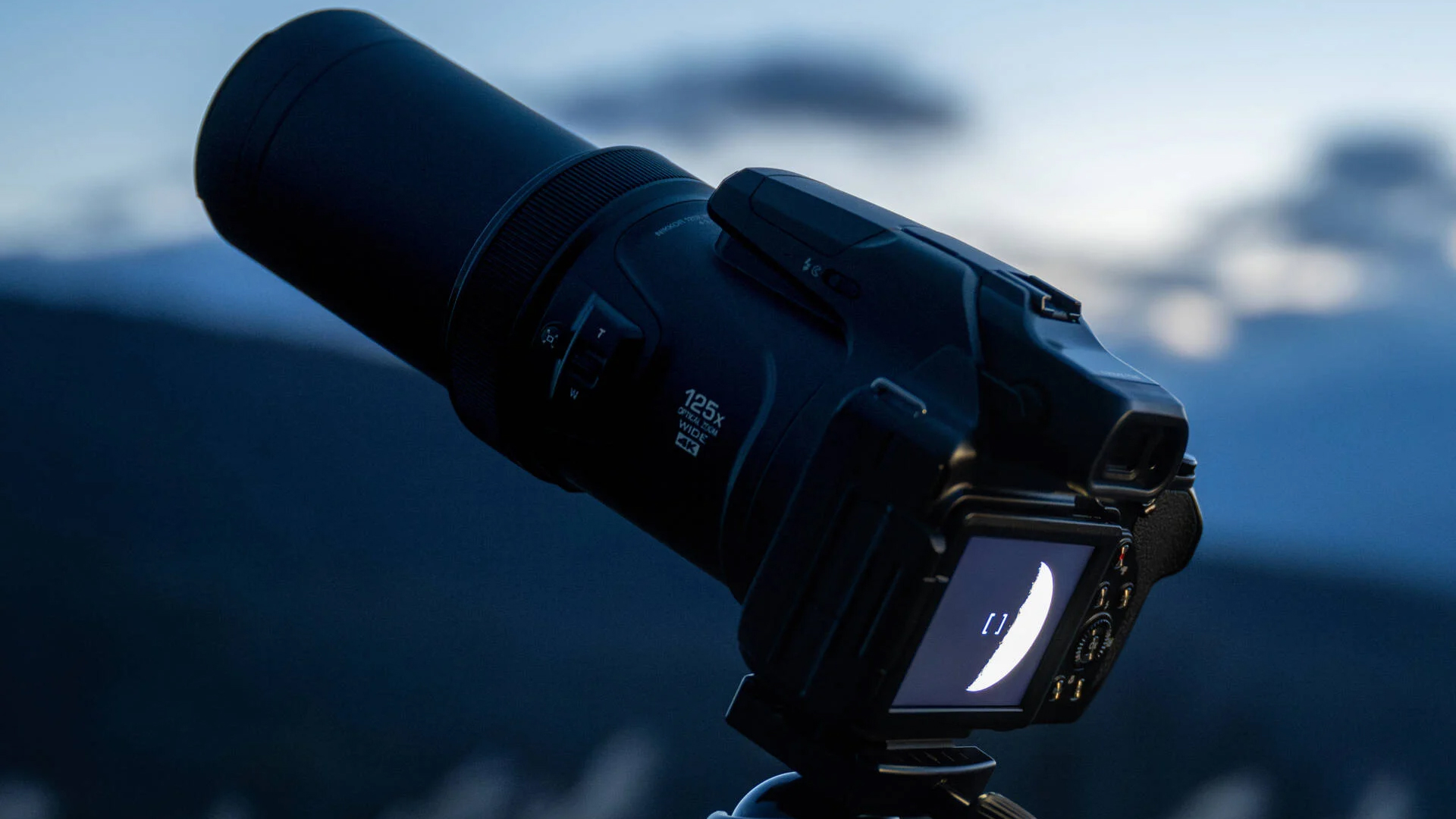
Optically, the lens has a variable aperture of f/2.8 to f/8 and comprises 17 elements in 12 groups, which includes 5 Extra-Low Dispersion lens elements and a Super Extra-Low Dispersion lens element. It also retains that very useful snap-back zoom button, so you can quickly widen the frame if you lose your subject.
Internally you’ll find the same 1/2.3-in 16.79MP CMOS sensor, and an unchanged video spec delivering up to 4K 30p. As far as I can tell the form factor is identical, too, with the same button placement, mode dial options, 3.2-inch TFT LCD vari-angle screen and pop-up flash.
So, what’s changed? Well, for starters the Nikon P1100 weighs in at 3lb 1.8oz / 1,410g, which is slightly lighter than the P1000’s 3lb 2 oz / 1,415g. But the biggest differences are quality-of-life upgrades that look set to improve the camera’s usability.
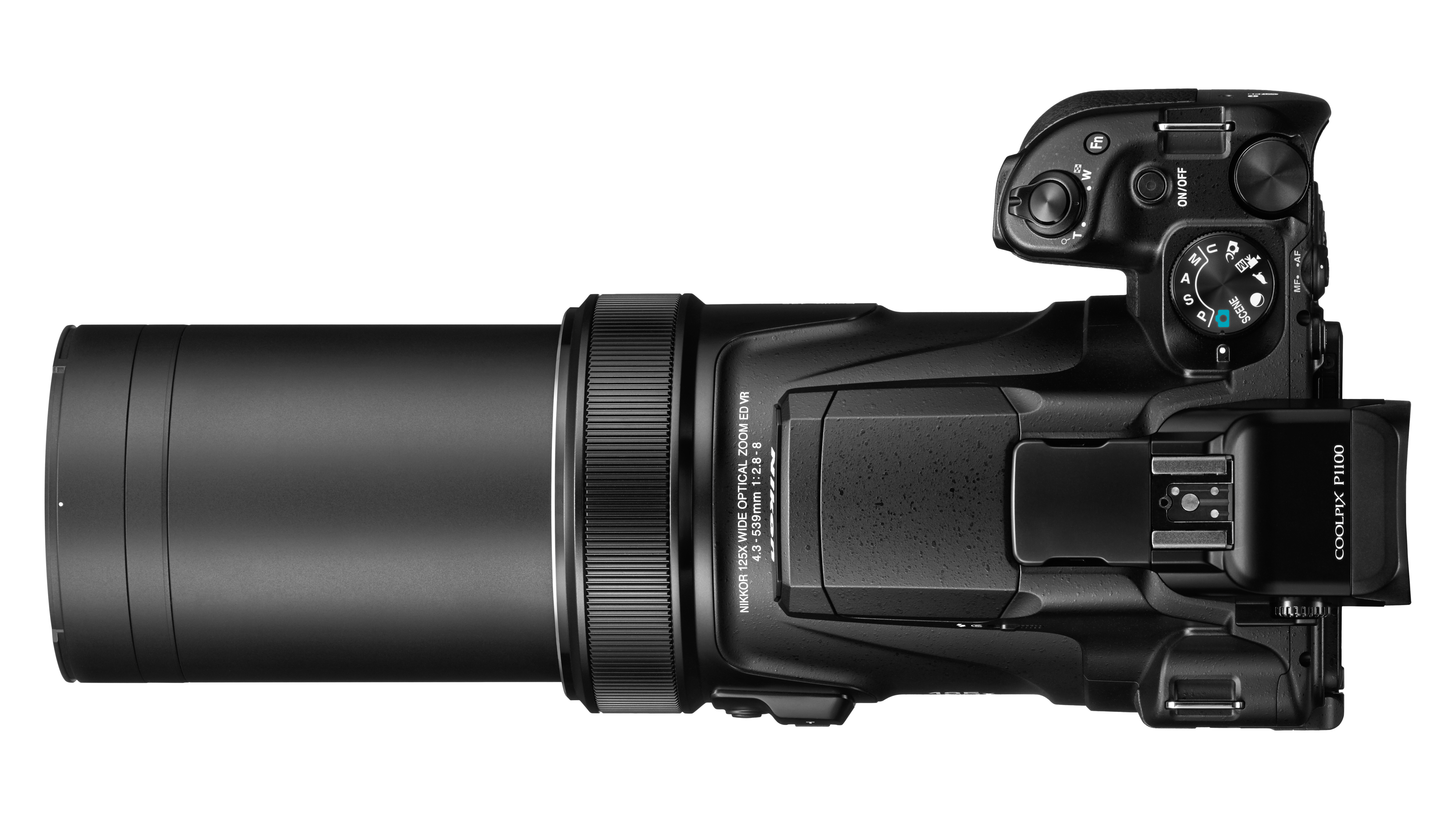
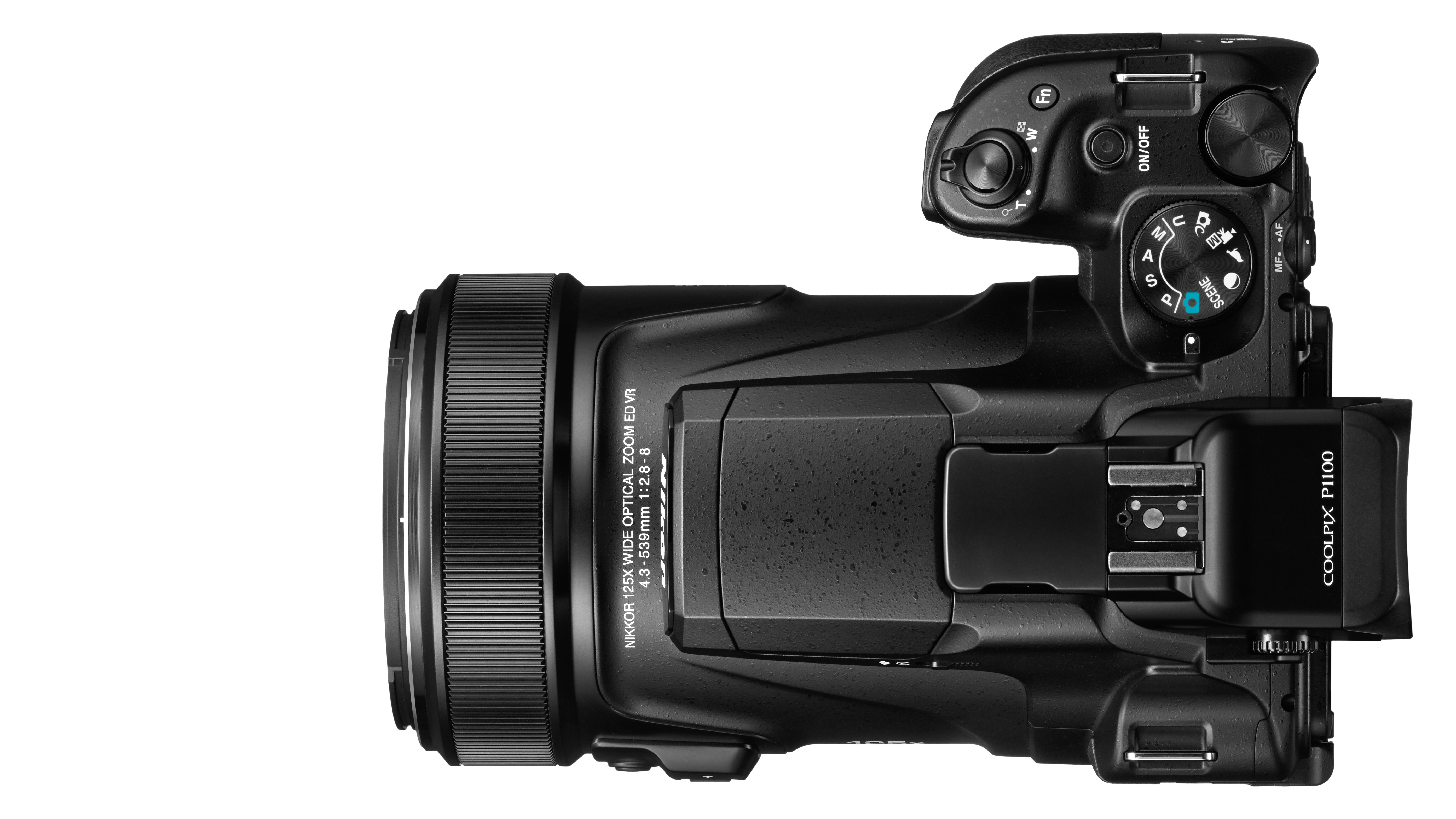
Nikon explains that the AF-area mode in Bird-Watching mode is now selectable, enabling you to cycle between Center (spot), Center (normal), and Center (wide). Nikon has also included a new Fireworks mode within the camera’s multiple exposure settings, designed to mitigate blown-out highlights.
Get the Digital Camera World Newsletter
The best camera deals, reviews, product advice, and unmissable photography news, direct to your inbox!
Nikon has also revealed that any function the camera’s Fn button can perform can be assigned to the ML-L7 Remote Control’s Fn1 / Fn2 buttons. And you’ll also find a new USB-C port.
One area of interest is the image processor. Nikon hasn’t disclosed exactly what generation of Expeed it is, something it repeated during the release of the P1000. However, it’s since come to light that the older bridge camera used the Expeed 4 – so the P1100’s could be the same or a later generation.
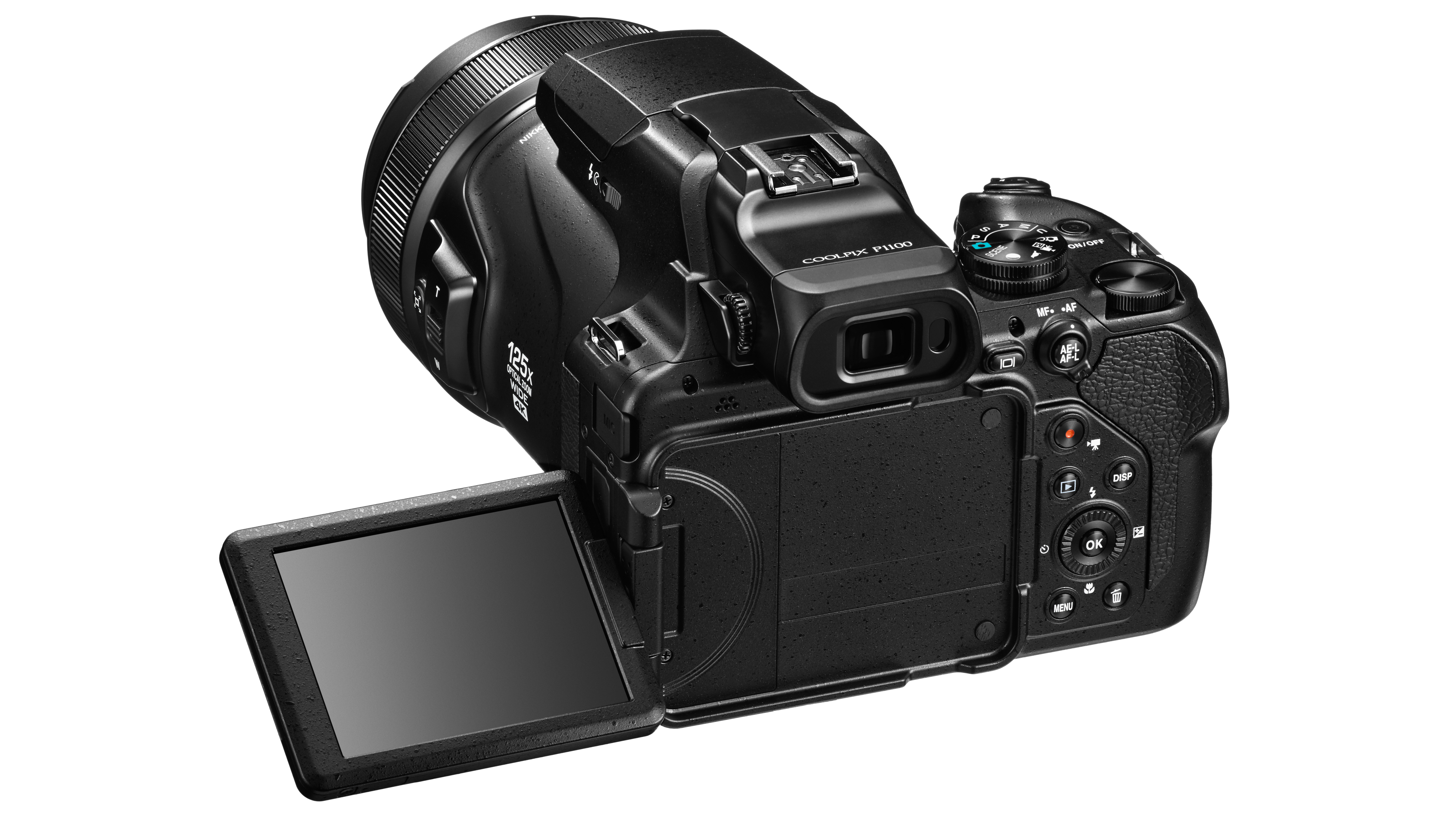
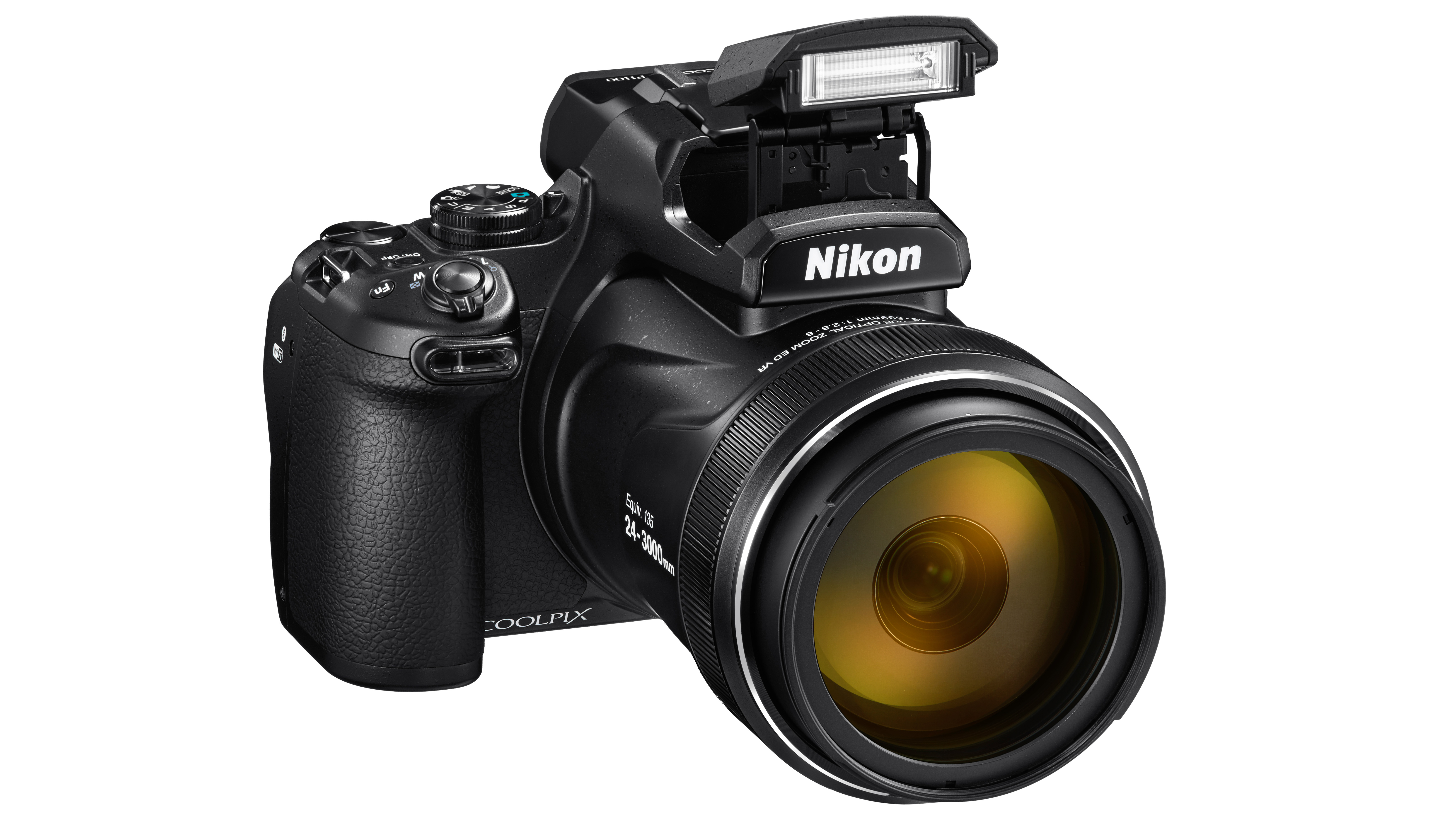

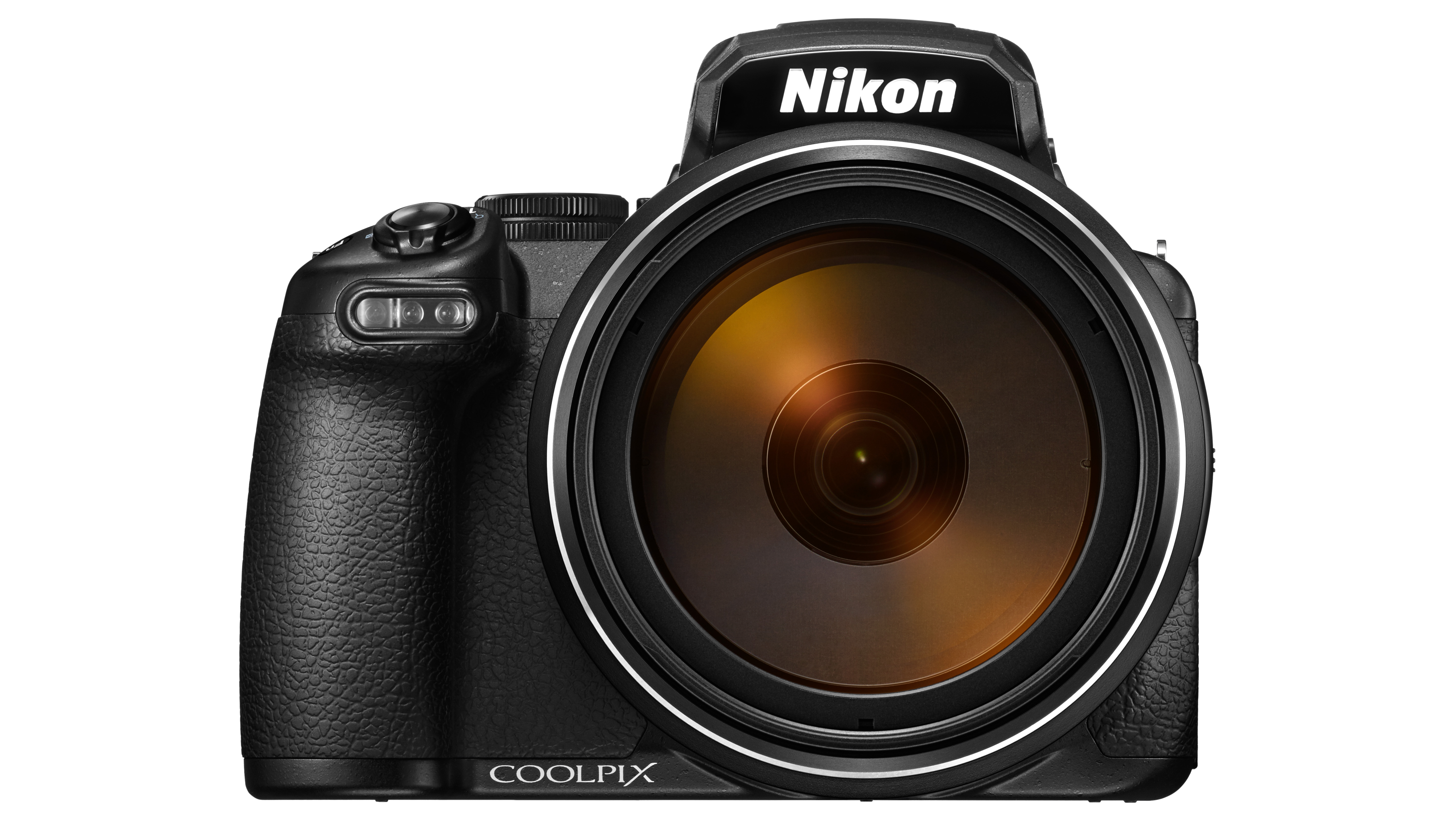
But perhaps the most baffling difference isn’t actually a difference at all. Both the P1100 and P1000 feature Nikon’s Dual Detect Optical Vibration Reduction, but the eagle-eyed will notice that the P1100 features 4 stops of VR in comparison to the P1000’s superior 5 stops.
Thankfully, this perceived reduction in VR is actually to do with CIPA’s new 2024 standards. Rest assured, both cameras feature the same Vibration Reduction, even if the spec sheet suggests otherwise.
The Nikon P1100 is set for release in late February and will retail for $1,099.95 / £1,049.00 / AU$1,699.95.
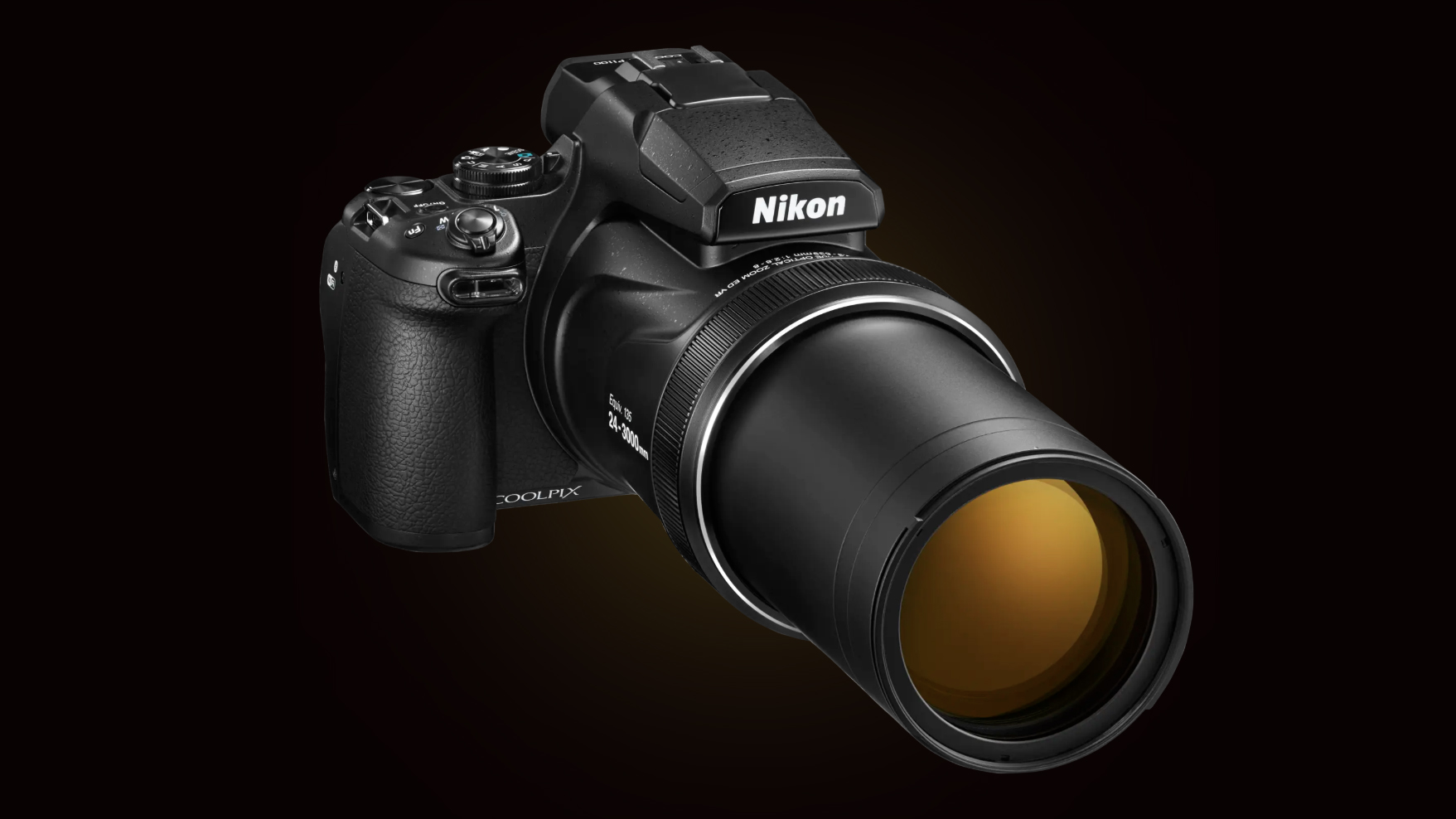
You may also like...
If you're into wildlife photography, take a look at the best lenses for bird photography. If you're a Nikon fan, here are the best Nikon cameras. And if you like the look of the P1100, I photographed the moon with a monster Nikon P1000 bridge camera – here’s what I learned…

Mike is Digital Camera World's How To Editor. He has over a decade of experience, writing for some of the biggest specialist publications including Digital Camera, Digital Photographer and PhotoPlus: The Canon Magazine. Prior to DCW, Mike was Deputy Editor of N-Photo: The Nikon Magazine and Production Editor at Wex Photo Video, where he sharpened his skills in both the stills and videography spheres. While he's an avid motorsport photographer, his skills extend to every genre of photography – making him one of Digital Camera World's top tutors for techniques on cameras, lenses, tripods, filters and other imaging equipment – as well as sharing his expertise on shooting everything from portraits and landscapes to abstracts and architecture to wildlife and, yes, fast things going around race tracks...
You must confirm your public display name before commenting
Please logout and then login again, you will then be prompted to enter your display name.
